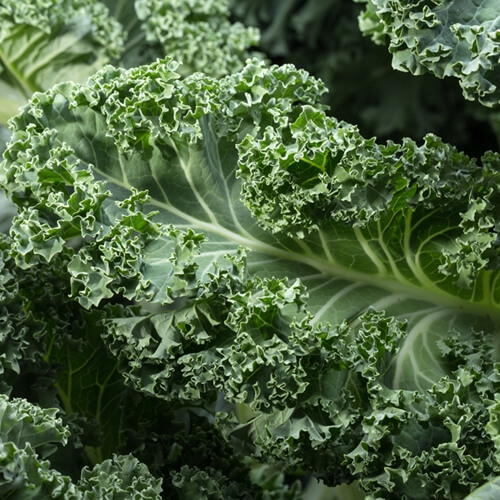A Crash Course On Cooking Kale

In recent years, as more people have adopted healthier diets and eating habits, there have been a few ingredients that have grown in both use and popularity. Among those is kale, a green vegetable that is considered akin to wild cabbage. In particular, kale has become an increasingly popular option because of its purported health benefits, which includes reducing the risk of diabetes, heart disease and certain cancers. Cooking with kale is also a challenge in the kitchen, opening the doors for new recipes and certain techniques. Here is a crash course on all things kale:
Kinds of kale
Like many other leafy greens, there are a few different kinds of kale, each with unique advantages and disadvantages. These include:
- Red Russian kale: Noted for the red coloring, which is favored for meals with a high rate of presentation.
- Siberian kale: This variety is noted for its especially large leaves.
- Premier kale: Slightly newer than other varieties, the leaves mature early and are especially tender.
- Lacinato kale: Sometimes called dino kale, these tall, narrow leaves are sold in most grocery stores.
- Curly kale: An especially common variety, this kale is described as being extra sweet.
Cutting kale
As Fine Cooking pointed out, kale has a few key differences compared to chard and spinach, the two other leafy greens with which it’s regularly compared. Mainly, kale requires much more cooking time in order to become tender, a feat that is exacerbated by the fact that the stems won’t tenderize no matter how long they’re cooked for. As such, you’ll need to trim the stems, including from the leaf’s center, which is a kind of backbone, as it were, for the plant. In order to remove this main stem, just lay the leaf upside down and, using a pairing knife, cut two diagonal lines across either side of the stem. If done properly, you should just be able to pull this stem out with a quick tug.
Cooking kale
Just as is the case with cutting the stems, actually cooking kale can present a number of challenges. According to Bembu, kale is easily over-cooked, and doing so can actually reduce the number of beneficial nutrients and vitamins. There are also several ways to prepare kale, and each one involves certain steps or things to watch out for. These most common methods are:
- Sauteing: With this approach, you’re able to cook the kale to the point of softness while reducing the risk that you might overcook the leaves. Just be mindful to always stir the ingredient lest you cause the kale to wilt.
- Steaming: As with sauteing, steaming is a way for you to better control how much heat is applied to the kale. Again, though, you want to make sure the kale doesn’t get soggy or it’ll ruin the final flavor.
- Boiling: Perhaps of all the techniques, boiled kale has to be watched the most for over-cooking. Mushy kale is a soapy mess, with little to no real flavor and a distinctly bitter aftertaste.
- Baking: Baking is one of the easier ways to make kale, especially tasty and nutritious kale chips. The consistency of baked kale is almost always crispy and crunchy, and the average bake time is no more than 20 minutes.
Regardless of the method, you always want to use olive oil with kale, as it lends the best flavor and cooks the leaves more effectively.


